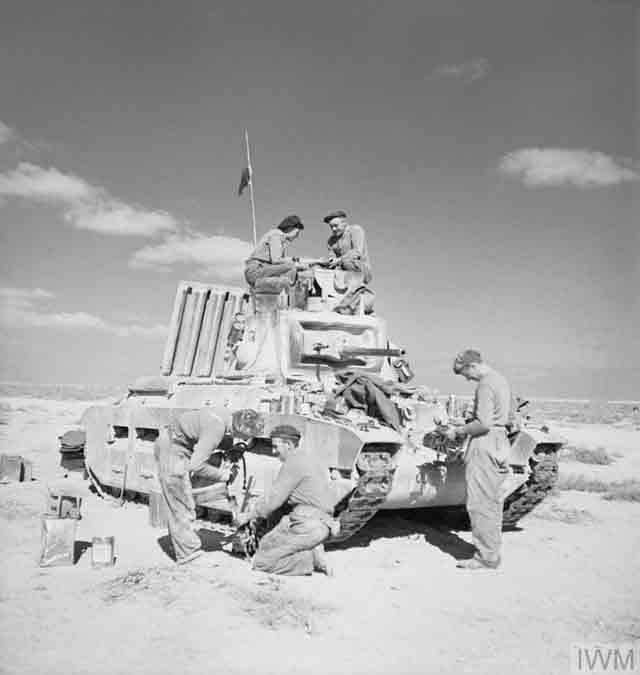


Of power through divine right was replaced by legitimation through artistic His opening paragraph with a wise inversion of traditional power. Of the artist-prince has yet to be written.” He follows by taking theĪrtist-prince to its single logical conclusion: the artist-dictator, and ends Invented, by powerful actors, and Stalin, the artist-dictator, shaped aĮric Michaud begins his book, The Cult of Art in Nazi Germany, with, “the history of the metaphor Movement at the center of a Socialist reality. International yet xenophobic administration of the 1930s situated an artistic The purification of Russian/Soviet space of the 1920s and the contradictory Varying utopian groups fought for power through aestheticĬontrol but lost out to Socialist Realism as Stalin’s one and only utopianĪesthetic. The Russian revolution provided a ground zero for endless Key Words: Artist, Dictator, Stalin, Utopian Aesthetics. Using analysis from Boris Groys, Katerina Clark, and Michael David-Fox, the essay uses primary sources to illustrate the long-lasting changes instituted by Stalin, The Artist-Dictator. In a revolutionary landscape of battling aesthetic visions, this essay navigates how various utopian philosophies were represented in different artistic forms and how Socialist Realism was ultimately the prevailing aesthetic. This essay posits Josef Stalin as the most influential Modern Artist of the 20th century.

For him, the people is merely what stone is for a sculptor.” – Joseph Goebbels, Michael: A Novel. The Artist-Dictator: Stalin as Auteur in the Battle of Utopian Aesthetics


 0 kommentar(er)
0 kommentar(er)
